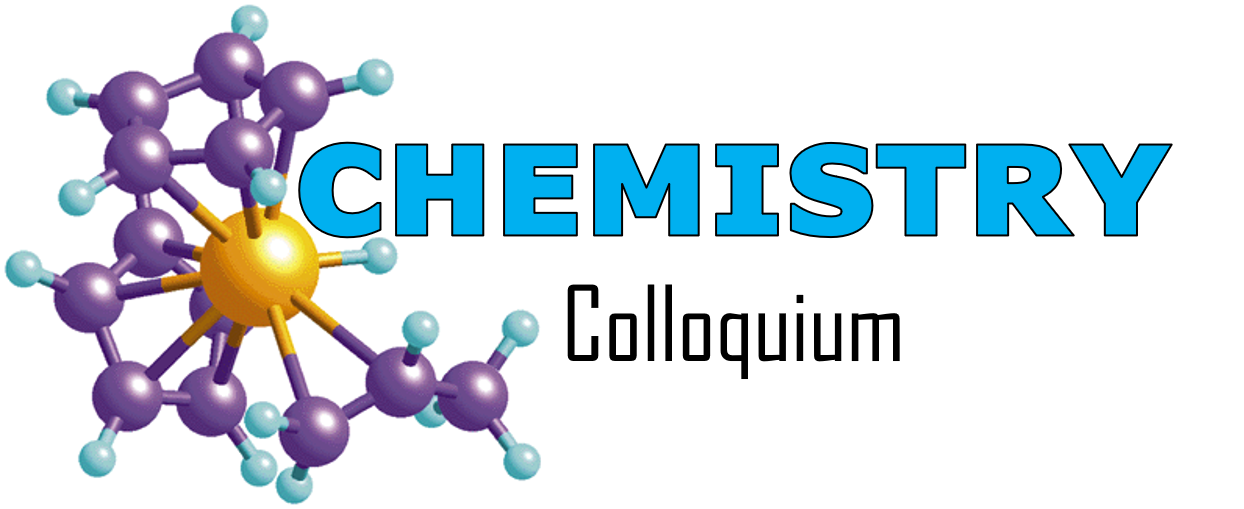Chemistry Colloquium

The S&T Department of Chemistry has presented Colloquiums on Friday afternoons since FS19. Colloquia feature invited presentations in all areas of chemistry and describe work accumulated over several years by a research group. Hence, colloquia will be attractive to all kinds of chemists and as well as to the broader STEM community and are open to the greater campus community and the public. Each colloquium is announced on the S&T University Calendar.
Please email the Chemistry Colloquium Coordinator, Dr. Amitava Choudhury (choudhurya@mst.edu) if you have any questions or commentary about Colloquium.
Colloquia and associated net-working events are either in person or online synchronous (OS) zoom events, or both. View announcement in the abstract section below. All events are open to the public; click here to join a zoom event. Zoom recordings of past colloquia are available; click here to access the archive.
Location: 126 Schrenk Hall, Rolla, MO 65409
Time: 3:00 p.m.
*changes noted below

Follow Chemistry